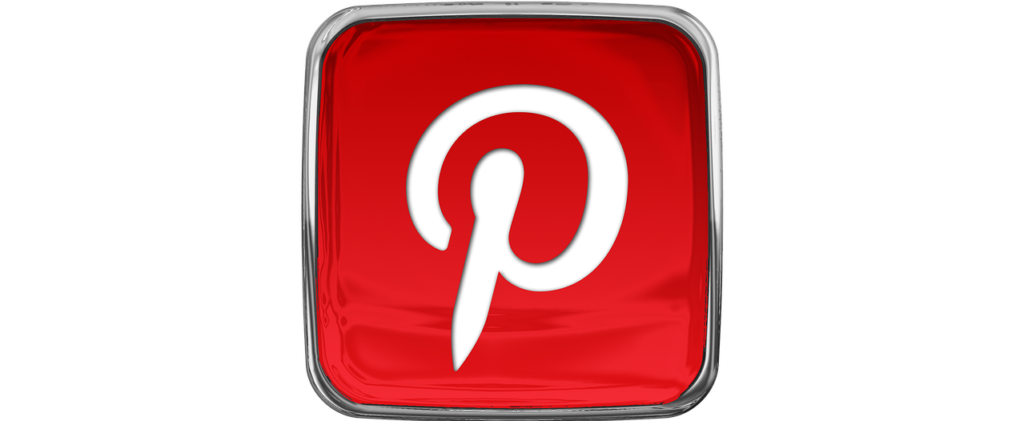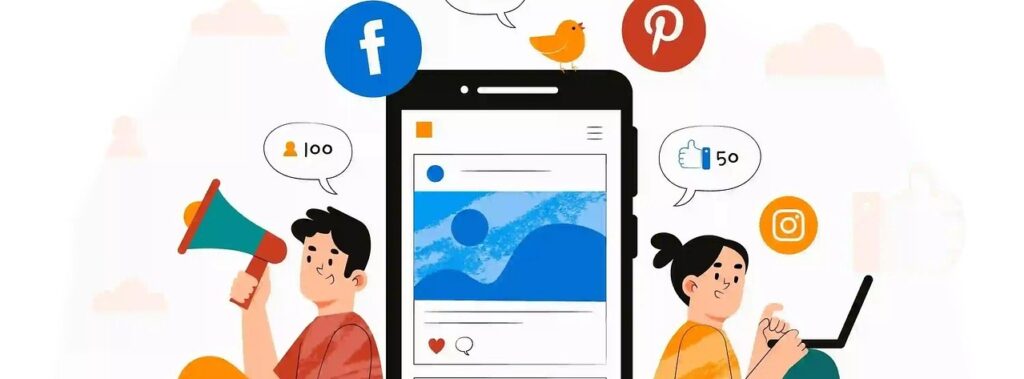Pinterest is a popular social media platform used for discovering and sharing visual content. It serves as a powerful tool for inspiration, marketing, and online shopping. However, despite its numerous advantages, Pinterest also has several disadvantages that users should be aware of. In this article, we will explore some of the key drawbacks of using Pinterest.

1. Copyright and Intellectual Property Concerns
One of the biggest challenges on Pinterest is copyright infringement. Many users pin and share images without giving proper credit to the original creators. This can lead to legal issues for businesses and content creators whose work is shared without permission.
2. Time-Consuming Nature
Pinterest can be highly addictive, causing users to spend excessive time browsing through endless pins. Whether for personal inspiration or business marketing, managing Pinterest effectively requires a significant time investment in content creation, pinning, and engagement.
3. Limited Social Interaction
Unlike other social media platforms like Facebook, Instagram, or Twitter, Pinterest lacks strong social interaction features. While users can comment on pins, there is minimal opportunity for real-time conversations, networking, or direct engagement with audiences.
Pinterest Case Study: How Much Can You Earn From 3,000 Visitors?
4. Algorithm Changes Impact Visibility
Pinterest frequently updates its algorithm, affecting how pins are displayed in users’ feeds. These changes can drastically impact the visibility of content, making it difficult for businesses and bloggers to maintain consistent traffic and engagement.
5. Requires High-Quality Visual Content
Since Pinterest is a highly visual platform, success depends on creating and sharing high-quality images and graphics. This can be a disadvantage for users or businesses that do not have the resources or skills to produce visually appealing content.
6. Not Ideal for All Niches
Pinterest works well for industries like fashion, food, DIY, and home decor. However, for businesses in other niches, such as finance or technology, Pinterest may not be as effective in driving traffic and engagement.
7. Spam and Irrelevant Content
Despite Pinterest’s efforts to control spam, users may still encounter misleading links, spammy pins, or low-quality content. This can negatively affect user experience and trust in the platform.

8. Limited Analytics for Free Users
Pinterest provides analytics for business accounts, but the free version has limitations in terms of tracking performance. Without access to advanced insights, it can be challenging to analyze and optimize marketing efforts effectively.
9. Dependence on External Traffic
Unlike other social media platforms where engagement happens within the platform, Pinterest relies heavily on external traffic. This means that if a website linked to a pin goes down or changes its URL, the pin becomes useless.
10. Ads and Promoted Pins Can Overshadow Organic Content
Pinterest has increasingly prioritized paid advertising, making it harder for organic pins to gain visibility. Businesses that do not invest in promoted pins may find it challenging to compete with paid content.
Conclusion
While Pinterest offers numerous benefits for users and businesses, it also comes with certain disadvantages. Issues such as copyright concerns, algorithm changes, time-consuming management, and limited social interaction can make it less effective for some users. However, by understanding these drawbacks, individuals and businesses can better strategize their Pinterest usage to maximize its potential while mitigating its downsides.

